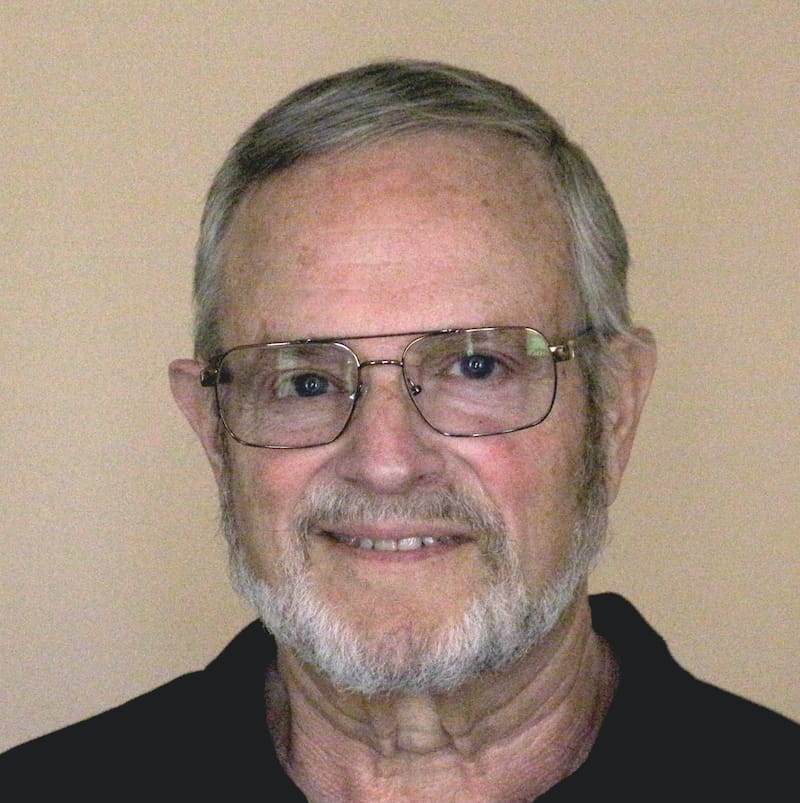pirHEG Explained: Your Q&A Webinar Session
Webinar
pirHEG stands for passive infrared Hemoencephalography. It was developed by Jeffrey Carmen, Ph.D., and is a biofeedback system that helps one modulate blood flow and oxygenation to the frontal lobes of the brain. One of the most extensive pirHEG studies was carried out by Dr. Carmen, whose research focused narrowly on migraine headaches and was published in the peer-reviewed Journal of Neurotherapy in 2004. In his study of 100 migraine sufferers, for those who completed at least 6 sessions, HEG training led to significantly improved migraine symptoms 90% of the time.
The improvement experienced is typically in the form of a decrease in frequency, duration, and intensity of the headaches, as well as being less susceptible to migraine triggers. The effects appear to be both prophylactic and abortive, with recent research supporting the indication that treatment goals are likely to be attained if symptom improvement is seen within 6 sessions. Since its inception in 1998, pirHEG 1998, has proven to be advantageous in the treatment of migraine headaches, attentional disorders, and stress management.
pirHEG is an enjoyable, active form of biofeedback. A comfortable surface sensor is placed on the forehead while the patient watches a movie of their choice on the computer. The surface sensor picks up and reads the blood flow activity (thermal heat) in the frontal lobes of the brain. The information is transmitted through cables via a USB-based bio- interface unit. The software then “feeds back” this data to the client through the digital video display, DVD.
When the movie pauses, the client must increase the metabolic activity in the front part of the brain to turn the movie back on by focusing intensely, but in a relaxed way, on a bar on the left side of the screen. This behavior reinforces the client’s ability to shift control to the frontal cortex at will. Once the blue bar surpasses the threshold (the threshold is set at the start by the clinician) the movie resumes. This occurs several times per session, and the client gets plenty of practice shifting. When your frontal cortex is engaged sufficiently, you get to watch your movie. However, when your frontal cortex disengages, the movie pauses. When we get involved in hearing and watching a story unfold that truly captures our interest, our frontal cortex tends to switch off. So, the better the story, the more practice times you get in your appointment, learning to switch your frontal cortex back on again. With practice, you start to sense what it feels like just before your frontal cortex disengages, and you learn to control this so it stays engaged during everyday tasks like homework and projects.
During the meeting from 12-1:00 ET, attendees with have a rare opportunity to meet with Dr. Carmen, who will be offering a Q&A session to address any questions related to pirHEG, including
- History
- How does pirHEG differ from HEG?
- How does the software work?
- How to learn to offer pirHEG
- How can you assess if pirHEG is advisable?
- How can you assess progress?
- More……
Presenter
JEFFREY A. CARMEN, PH.D., LICENSED PSYCHOLOGIST

For more information about future complimentary webinars from our sponsors, be sure to sign up for our newsletter.
